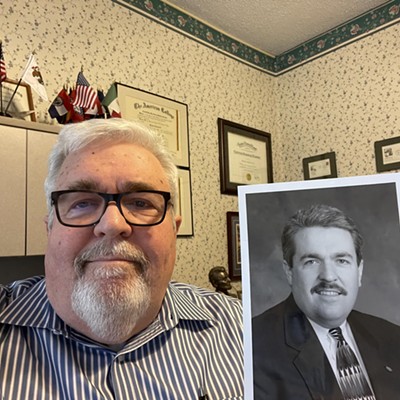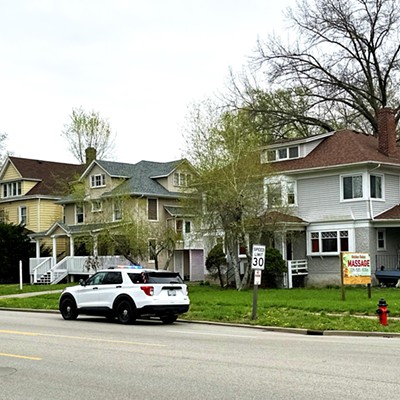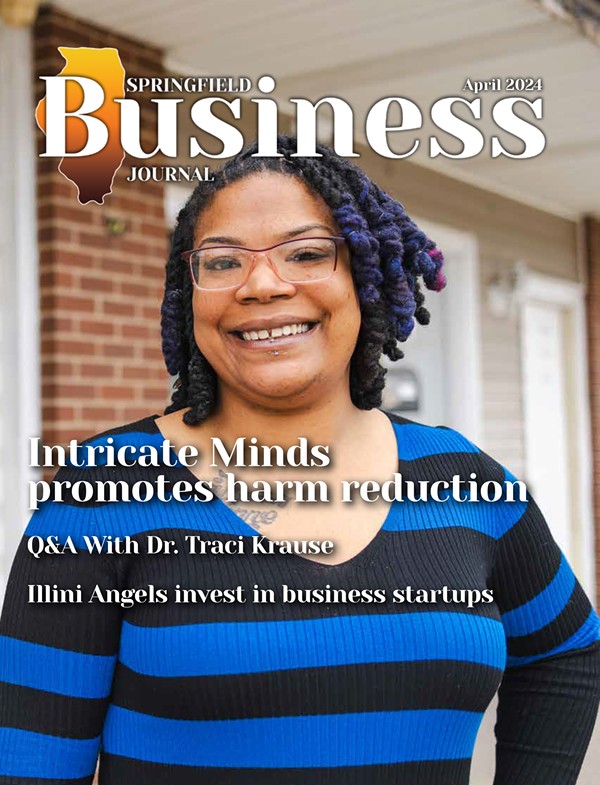By Sarah Delano Pavlik Freelance Contributor
If you work downtown, you are well aware of some of the aggressive panhandlers in Springfield. An encounter with one of them can be a little frightening, especially after dark. In response to this problem, the Springfield City Council passed an ordinance in 2007 making it illegal to panhandle in the downtown historic district.
Two Springfield residents, Don Norton and Karen Otterson, filed a lawsuit against the city in federal court in 2013, alleging that the ordinance unconstitutionally restricted free speech because it prohibited a particular type of speech (vocal requests for immediate donations) and it restricted speech in a particular area (the downtown historic district). As part of their lawsuit, they asked the federal court to stop the ordinance from being enforced while its constitutionality was litigated.
The United States District Court for the Central District of Illinois refused to stop the ordinance from being enforced while the suit was pending. The court determined that the ordinance was content neutral because it treated all people who verbally ask for immediate donations in the same manner. A person asking for an immediate charitable donation in downtown was subject to the same restrictions as a panhandler. The plaintiffs appealed the district court’s decisions, and the Seventh Circuit Court of Appeals also denied their request for an injunction, also determining that the ordinance was content neutral.
Then on June 18, 2015, the U.S. Supreme Court issued its opinion in Reed v. Town of Gilbert, Arizona. The Reed decision did not involve a panhandling ordinance. Rather, it analyzed a law regulating the amount of time a sign could be displayed, which depended on whether it was a political sign, an ideological sign or a temporary directional sign. Temporary directional signs could only be displayed for twelve hours before an event and one hour after an event.
In Reed, the Good News Community Church frequently used signs to direct people to its services, which used multiple temporary locations. The church would place the signs on Saturday morning and remove them on Sunday afternoon. The church was ticketed several times for failing to comply with the sign ordinance. The church then challenged the law’s constitutionality.
The Supreme Court ruled that, “A law that is content based on its face is subject to strict scrutiny regardless of the government’s benign motive, content neutral justification, or lack of ‘animus toward the ideas contained’ in the regulated speech . . . A speech regulation targeted at specific subject matter is content based even if it does not discriminate among viewpoints within that subject matter.” In other words, the sign ordinance was not content neutral because it treated all temporary directional signs the same. It was content based because it treated temporary directional signs differently that other signs. The court further stated: “Because content based laws target speech based on its communicative content, they are presumptively unconstitutional and may be justified only if the government proves that they are narrowly tailored to serve compelling state interests.”
Although Reed dealt with signs and not panhandling, its reasoning is applicable to all free speech situations. Therefore, the Seventh Circuit reconsidered the Springfield ordinance. In its decisions of Aug. 7, 2015, it stated: “Any law distinguishing one kind of speech from another by reference to its meaning now requires a compelling justification.” However, the appellate court did not analyze whether or not the Springfield ordinance had a compelling justification, because the only issue on appeal was whether the ordinance was content based. The Springfield ordinance was content based because it prohibited specific content – a request for immediate donations. Springfield appealed the Seventh Circuit’s ruling, but the Supreme Court refused to hear the appeal.
The Springfield ordinance also prohibits aggressive panhandling, which includes coming within five feet of a person or touching a person, using profanity, panhandling someone who is waiting in line, following a person or panhandling in groups of two or more. The five foot zone was added in 2015 after the appellate court overturned the ban on panhandling downtown. Norton and Otterson are also challenging the five foot zone. The city lost its motion to dismiss the lawsuit and has agreed not to enforce this provision of the ordinance while the current case is pending.
A content based ordinance will only pass muster if the city can prove a compelling justification for the ordinance – a very difficult standard to meet. Compelling justification cannot be based on commercial reasons such as business and tourism, or on the fact that panhandlers offend people or make them uncomfortable. Compelling justification can be based on public safety, but in a 2015 Colorado case, a federal district court ruled that prohibiting all panhandling after dark was not necessary for public safety. Likewise, courts have ruled that prohibiting repeated requests, imposing 20 foot buffer zones around ATMs and bus stops and prohibiting solicitations at cafes and parking garages do not meet the strict standard.
So what restrictions on panhandling can be enforced? The answer is not clear. The U.S. District Court for Massachusetts stated in a 2015 case that, “Post Reed, municipalities must go back to the drafting board and craft solutions which recognize an individual’s right to continue to solicit in accordance with their rights under the First Amendment, while at the same time, ensuring that their conduct does not threaten their own safety, or that of those being solicited. In doing so, they must define with particularity the threat to public safety they seek to address, and then enact laws that precisely and narrowly restrict only that conduct which would constitute such a threat.”
I believe Springfield and many other cities will continue to struggle with this matter for years to come before a definitive solution can be found. In the meantime, there has been a greater police presence on the downtown square, particularly in the evenings. If the city can’t stop panhandlers from soliciting people, at least the police presence can help people feel safe while walking downtown, especially after dark.u
Sarah Delano Pavlik is an attorney with Delano Law Offices, LLC. She can be reached at [email protected].












